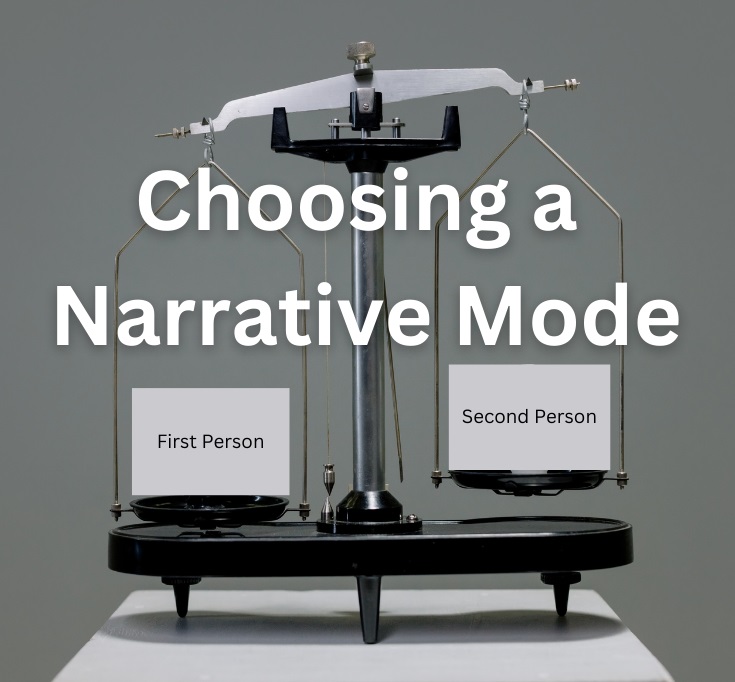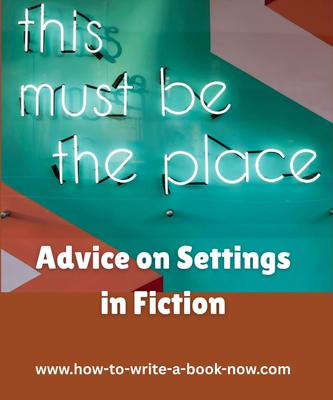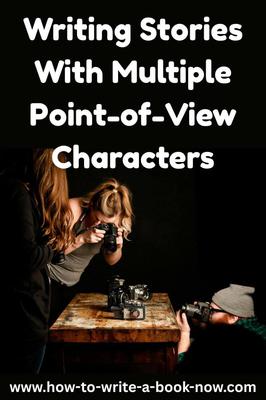Afraid of Second Act Sag
by Scott
(San Francisco, CA)
Question: First of all, great to have found your site. Very well thought out and detail oriented.
Am well into my novella, which deals with a very hot-button moral/ethical/political subject. The first Act went very well. And now, the dreaded Second Act. I very much like the way I have the work outlined but have run into here on this site, as well as in many other books, on many other sites, the warning not to spend too much time in flashback-mode, which is the majority of the structure of my Second Act. While the novella's POV is mostly from the protagonist, in the second act it changes some - to the (medical) morphine dreams of one of the four main characters. This character is in and out of consciousness - as her morphine is increased, then slowly decreased and ultimately withdrawn. She is literally flashing back through her life, much of which deals with two of the other main characters in the book (her two sons). Long segments of exposition/backstory will fill this Second Act, though they are broken-up occasionally by a 'return' to current happenings around her as she lay in bed.
Structurally, I want my plan to work, and am wondering if you have any tips that may make my construction for the Second Act more agreeable.
Answer: I have two issues for you to consider.
1. How do the flashbacks contribute to the story?
If you think about act two as the Complication phase, this is the act in which the protagonist has embarked on the effort to achieve the story goal, but is running into all the problems, obstacles, adversaries, etc. that naturally appear at the outset of a journey. It's not enough to present exposition and backstory. The plot needs to thicken in this act. The relationships and their challenges need to deepen. The issues need to become more obvious. The tension needs to build. The stakes need to become higher.
Try to keep sections of exposition/backstory short and/or interspersed with plot events.
2. To make longer flashbacks work, consider giving this character's backstory a dramatic structure with its own goal, signposts, drivers, conflict, growing tension, crisis, and resolution. This applies regardless if the flashbacks are the actual story of the character's life or a delusion created by the morphine (i.e. a struggle for reality/sanity). Even if you tell the events of the flashback in a non-chronological order, giving them a chronological dramatic arc will keep your reader more interested.
Comments for Afraid of Second Act Sag
|
||
|
||
- Home
- Writing Questions
- Afraid of Second Act Sag















